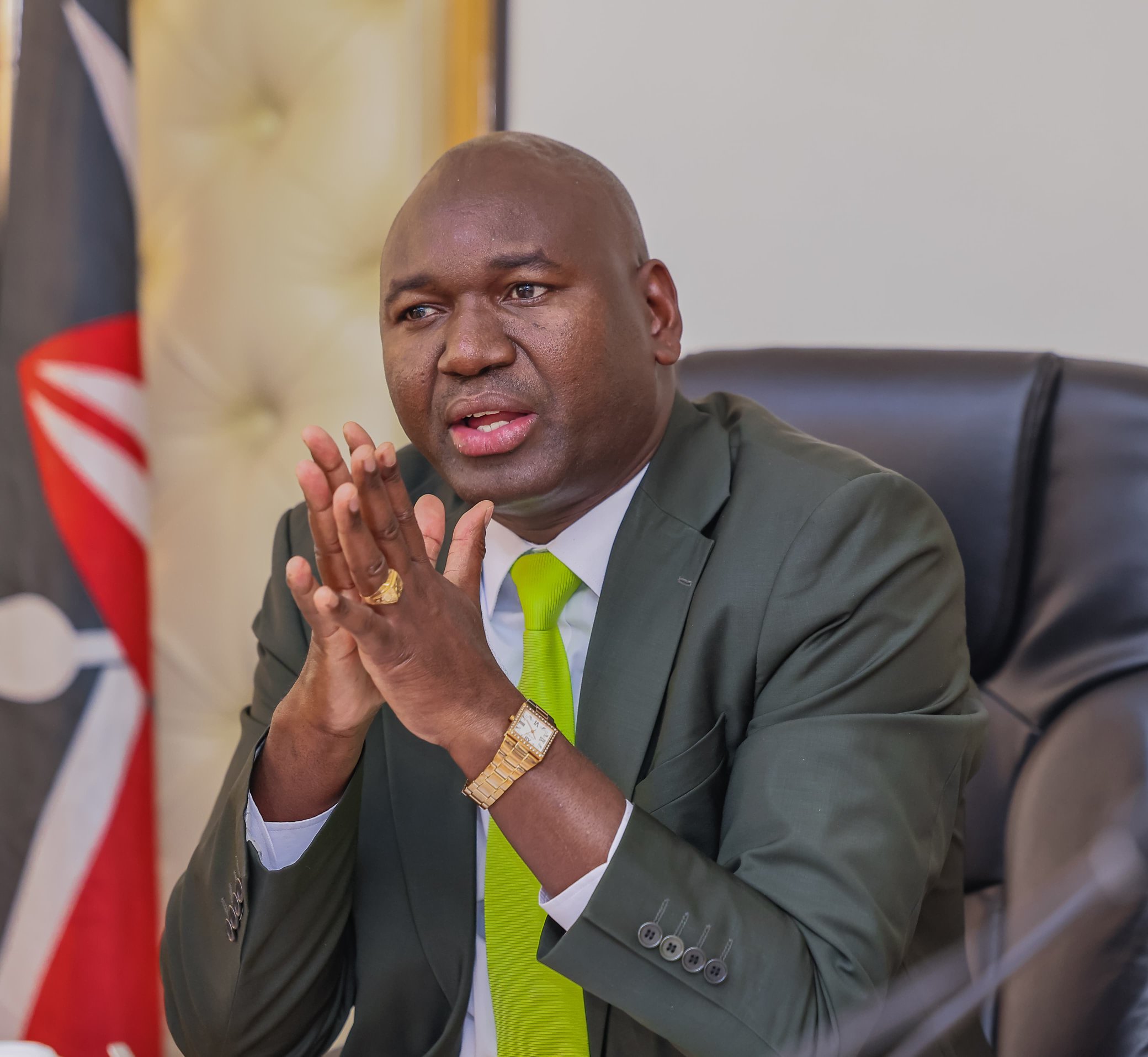Thousands of learners in secondary schools across the country are yet to receive government funds due to schools submitting faulty or incomplete data to the Ministry of Education.
The ministry has tied the release of money to a rigorous verification exercise, with only schools cleared in the process receiving their allocations.
According to internal reports, 719 schools were flagged for supplying incorrect bank details, raising fears of misdirected payments, while about 900 schools submitted incomplete records that left many learners unaccounted for.
A further 250 schools handed in data using wrong formats or attachments, and 80 others uploaded blank files, corrupted documents, or failed to provide learners’ Unique Personal Identification (UPI) numbers.
The delays have stretched four weeks into the final school term, with head teachers warning that the lack of funds is crippling daily operations.
The situation has hit multiple counties, including Bungoma, Kisii, Busia, Baringo, Kericho, Kakamega, Kitui, and Nairobi, where schools were cited for errors ranging from locked files to missing UPI details.
Other affected regions include Bomet, Elgeyo Marakwet, Embu, Garissa, Homa Bay, Isiolo, Kajiado, Kiambu, Kilifi, Kirinyaga, Kisumu, Kwale, Laikipia, Lamu, Machakos, Makueni, Mandera, Marsabit, Meru, Migori, Mombasa, Murang’a, Nakuru, Nandi, Narok, Nyamira, Nyandarua, Nyeri, Samburu, Siaya, Taita Taveta, Tana River, Tharaka Nithi, Trans Nzoia, Turkana, Uasin Gishu, Vihiga, Wajir, and West Pokot.
Appearing before the National Assembly Education Committee, Basic Education Principal Secretary Julius Bitok disclosed that the verification had already exposed more than 50,000 ghost learners in secondary schools.
He warned that the irregular enrolments pointed to serious integrity issues in the management of education funds.
“So far, we have been able to disburse funds to about 17,500 schools: 5,500 primary out of 9,500, 5,732 secondary, 5,525 junior schools, and 600 special institutions. We have found that more than 50,000 secondary students so far cannot be accounted for, especially in secondary schools. That is the reality. In secondary schools, the numbers are not adding up. There are quite a number of students being reported separately. For primary and junior, the trend is slightly different, with enrolments appearing higher than expected,” the PS said.
Bitok explained that the anomaly translates to a yearly loss of Sh1.1 billion, which adds up to Sh4.4 billion over a four-year secondary cycle. He noted that although primary and junior school data was still being compiled, the bulk of the problem appeared in secondary institutions.
So far, he added, more than 60 percent of the 32,000 schools nationwide have been cleared and received their funds, while verification of the rest continues.
Education Committee Chair Julius Melly urged government officials and lawmakers to take decisive action against individuals found to have created fake schools as a way of siphoning funds.

